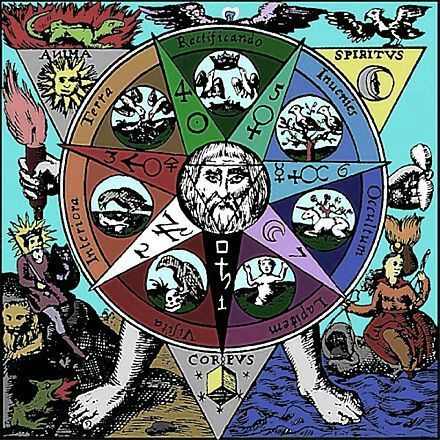The 9th annual Women’s World Cup was hosted in Australia and New Zealand this year. These two countries were able to edge out a proposal by Colombia for hosting rights. This incredible tournament returned while women’s football is expanding everywhere. TV viewing numbers and record match attendances proved that interest in women’s football is at its all-time peak.
The quarterfinal match between France and Australia was a standout event. After 120 minutes of top-notch football, there were no goals. The decisive penalty shootout set records for length and drama; Australia was able to take the match with a 7-6 W.
Cortnee Vine took the winning penalty to advance the Matildas (Australia) into the semi-finals. It appeared to be a turning point for the Australians. Videos posted on social media showed fans in that region of the world celebrating like never before. It seemed to be that for the first time in many years Australia was celebrating its national football team and showing its patriotism, the game of football uniting them all together.
As the Australia v England World Cup game looms, the Matildas smash records : NPR
It wasn’t smooth sailing for Spain on its way to the World Cup. Conflicts within the squad hindered the tournament’s planning. When 15 of the senior players went on strike in 2015, all eyes were on manager Jorge Vilda, who has been in charge of the team since then. He moved his attention to the younger members of the team, nevertheless, he continued to cover his midfield with Aitana Bonmatí of Barcelona. With Aitana’s month of outstanding performances, talent, and maturity, she was able to be named Player of the Tournament.
Early in the competition football legends Marta Vieira da Silva of Brazil and Megan Rapinoe of the United States, both retired. These women will forever be recognized for their remarkable careers and positive influence on women’s football both on and off the field. Brazil shocked the world when they were unable to progress beyond the group stages. While Rapinoe failed to score a key penalty in the US’ Round of sixteen match against Sweden, condemning the previous world champions (USA) to an unexpected early departure from the tournament.
The African teams put on amazing displays. Many underdogs entered the competition, but South Africa, Nigeria, and Morocco provided a serious threat to the top contenders along the road. The improvements made on the field were backed up by major cultural occurrences, such as Nouhaila Benzina’s debut as the first player to wear the hijab at a World Cup.
The remarkable 2023 women’s World Cup has come to an end and Spain has changed the name on the trophy, securing their place in history as the FIFA Women’s World Cup champions for 2023. Fans all throughout the world will remember this tournament for a long time. The next women’s World Cup will be in 2027, but the location has yet to be announced. It’s beyond clear that women’s football has earned itself a place as a heavyweight force in international sports.







































